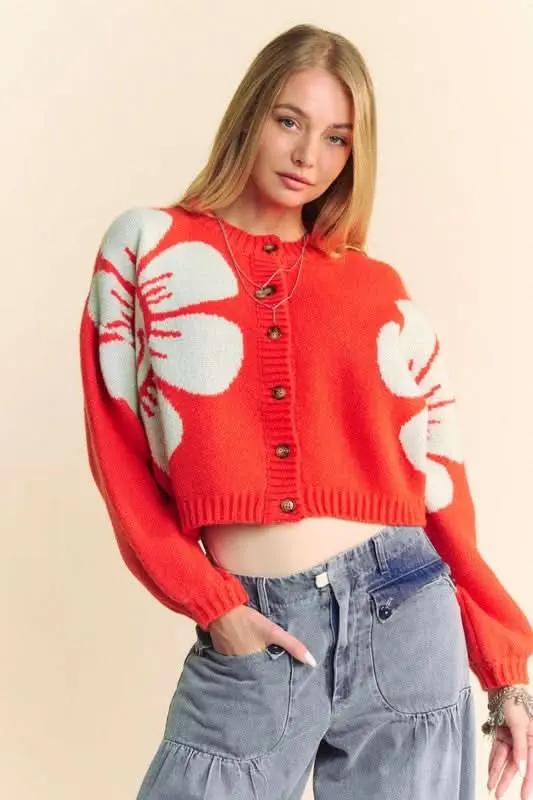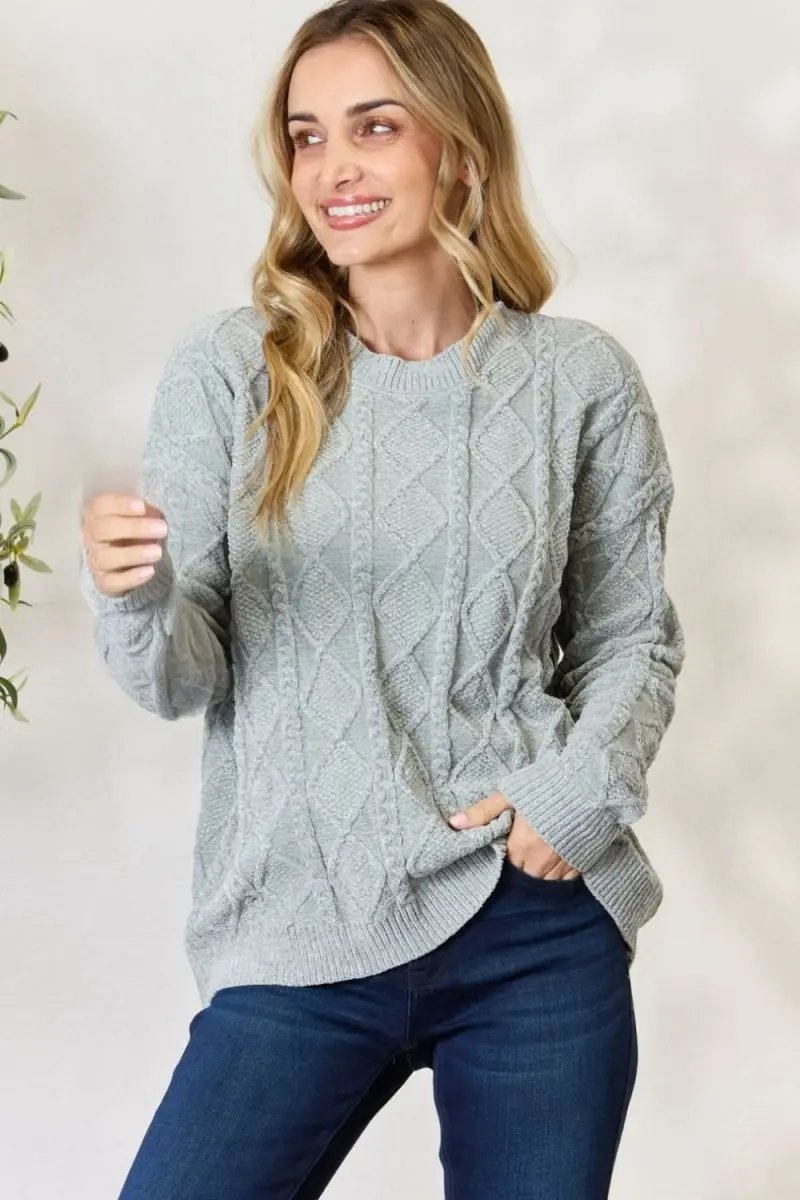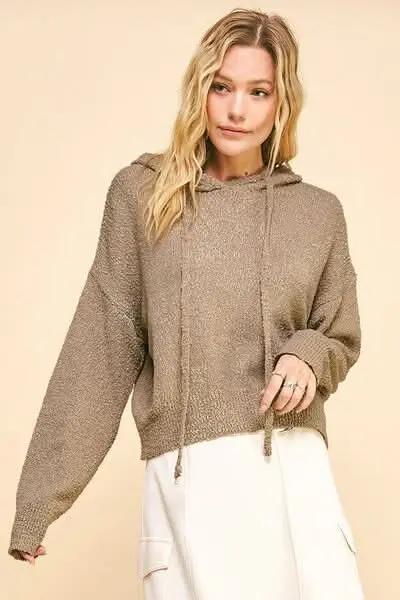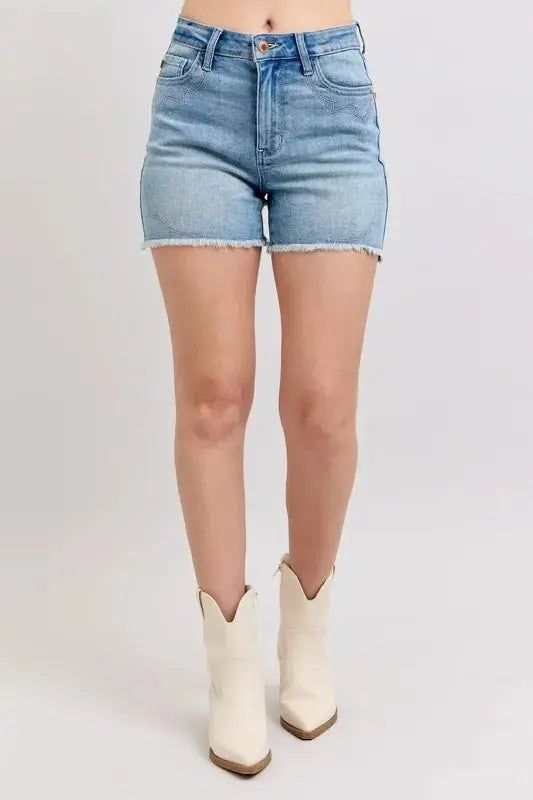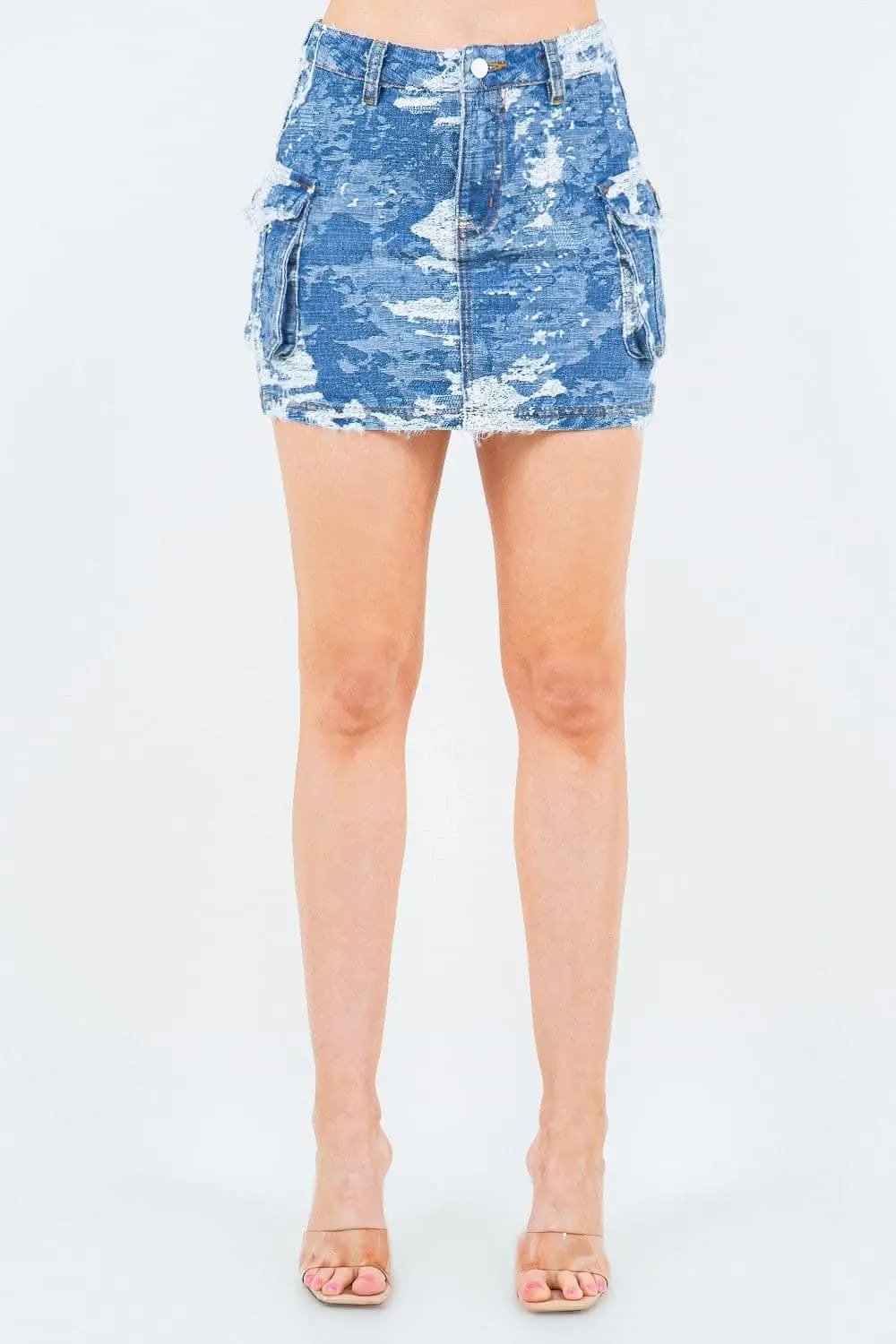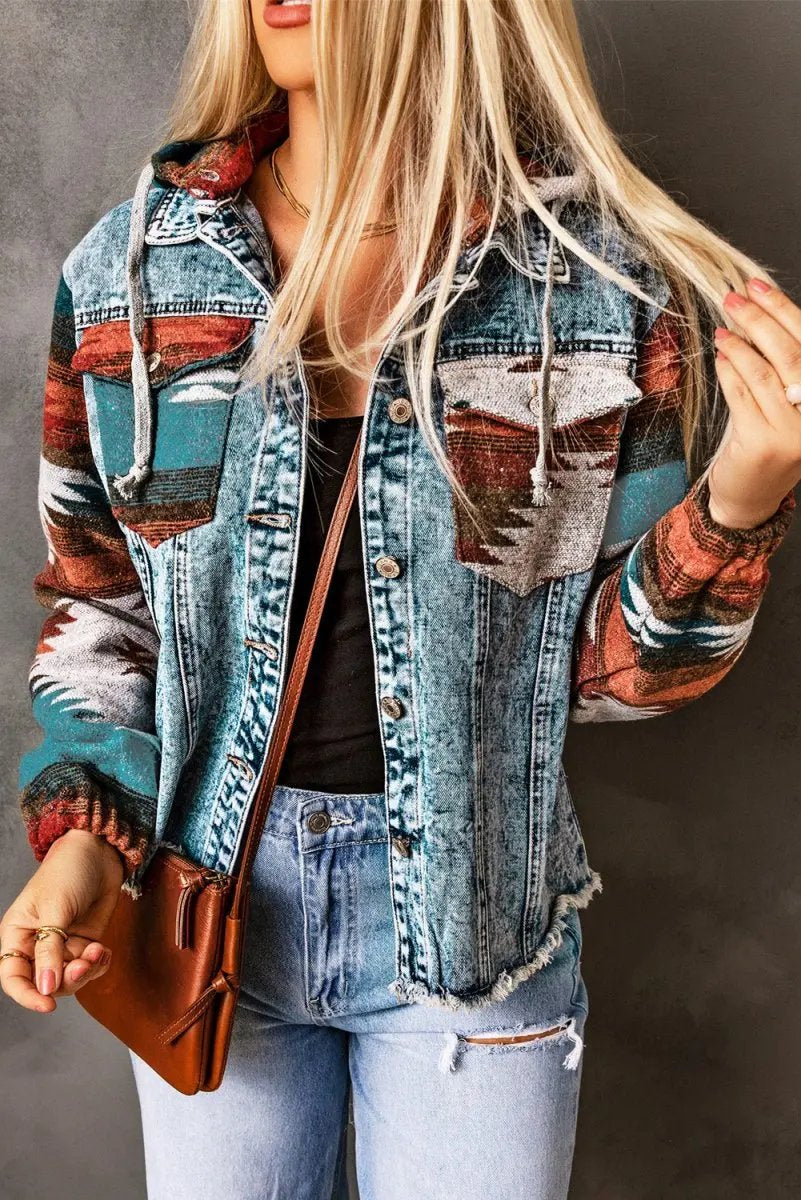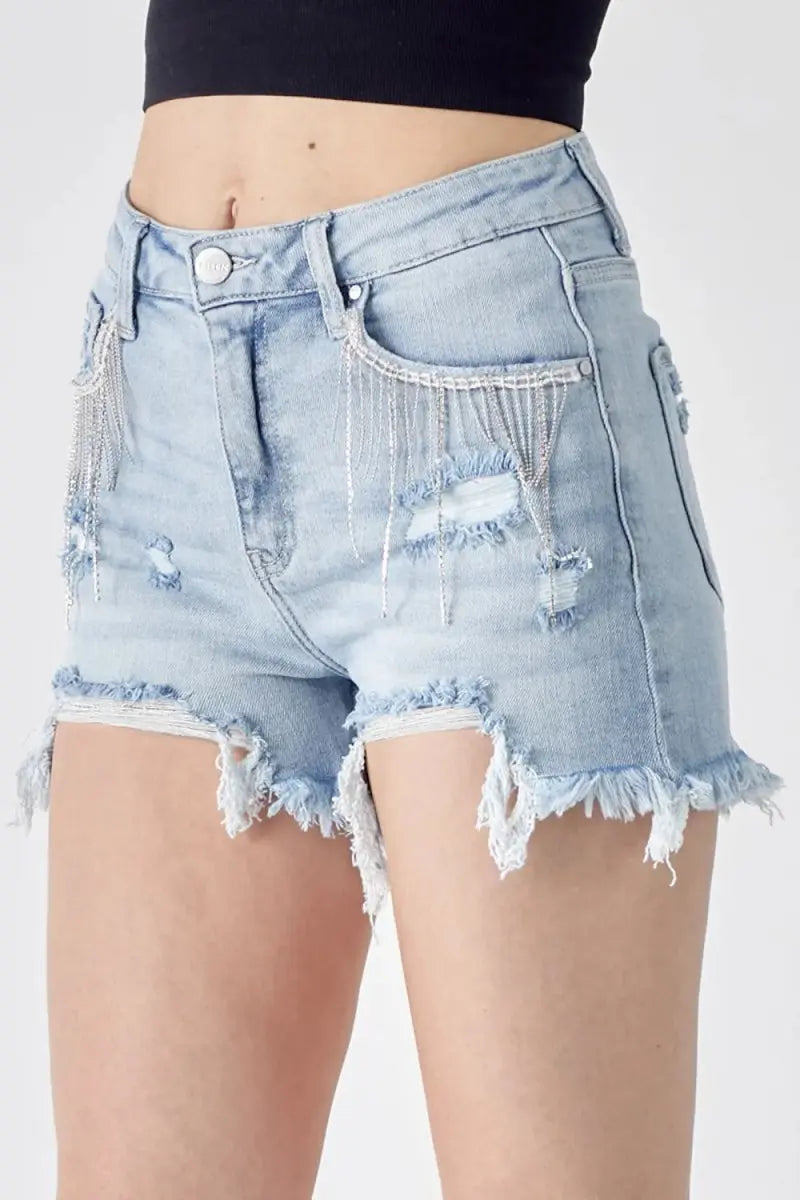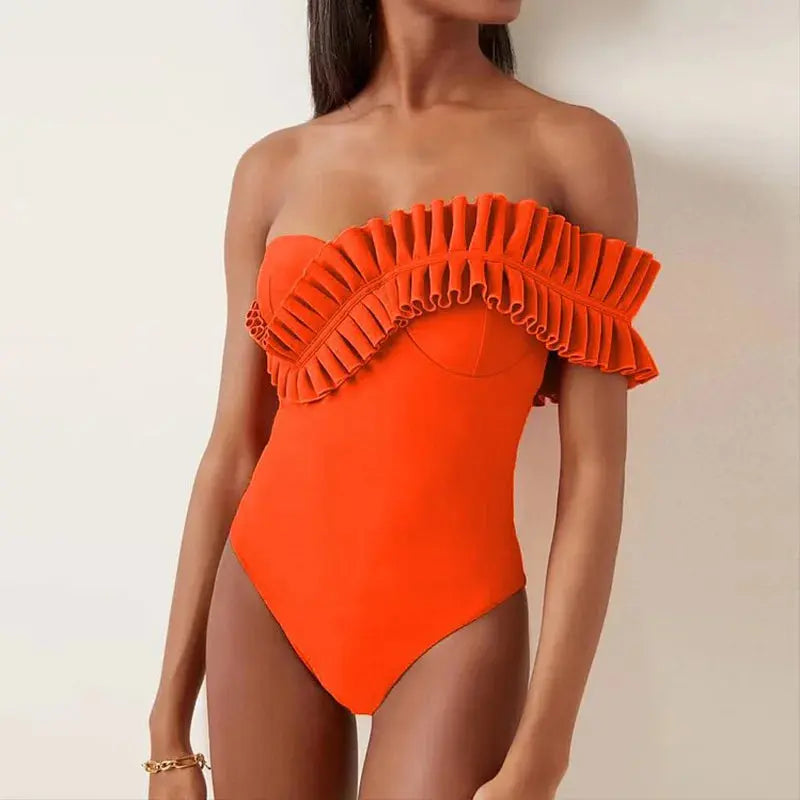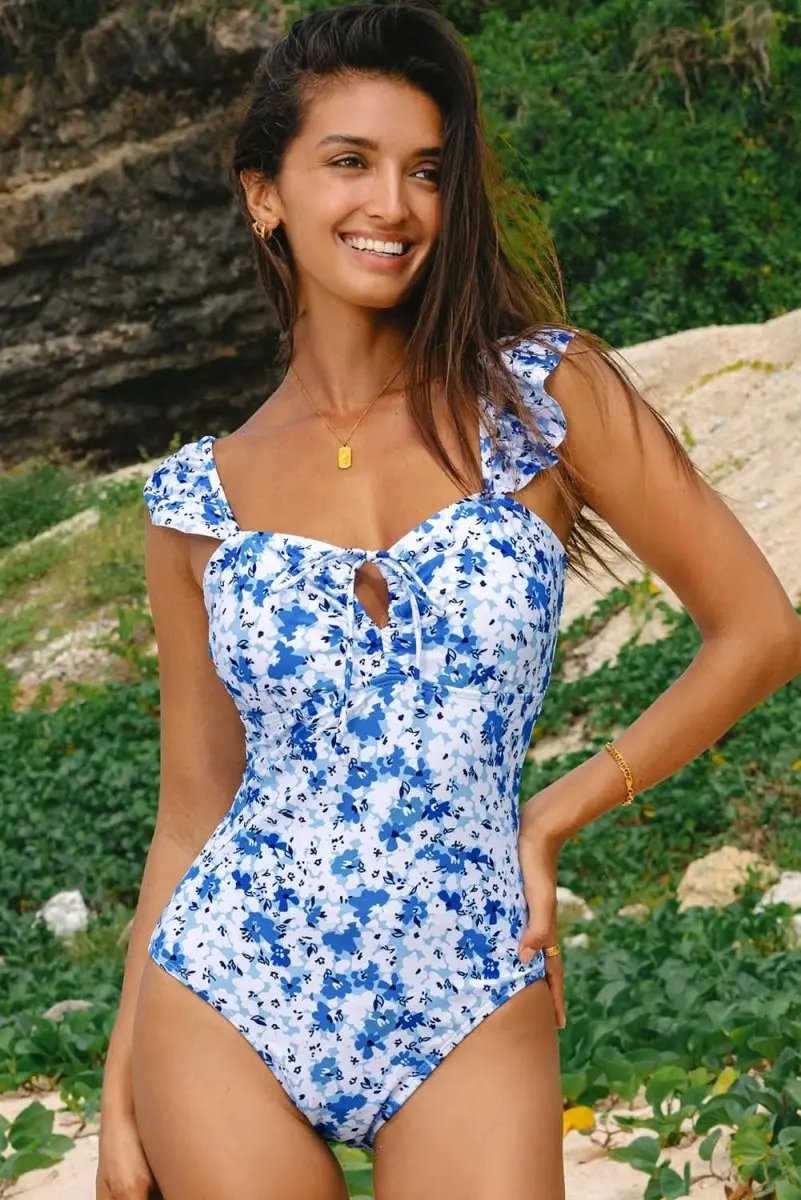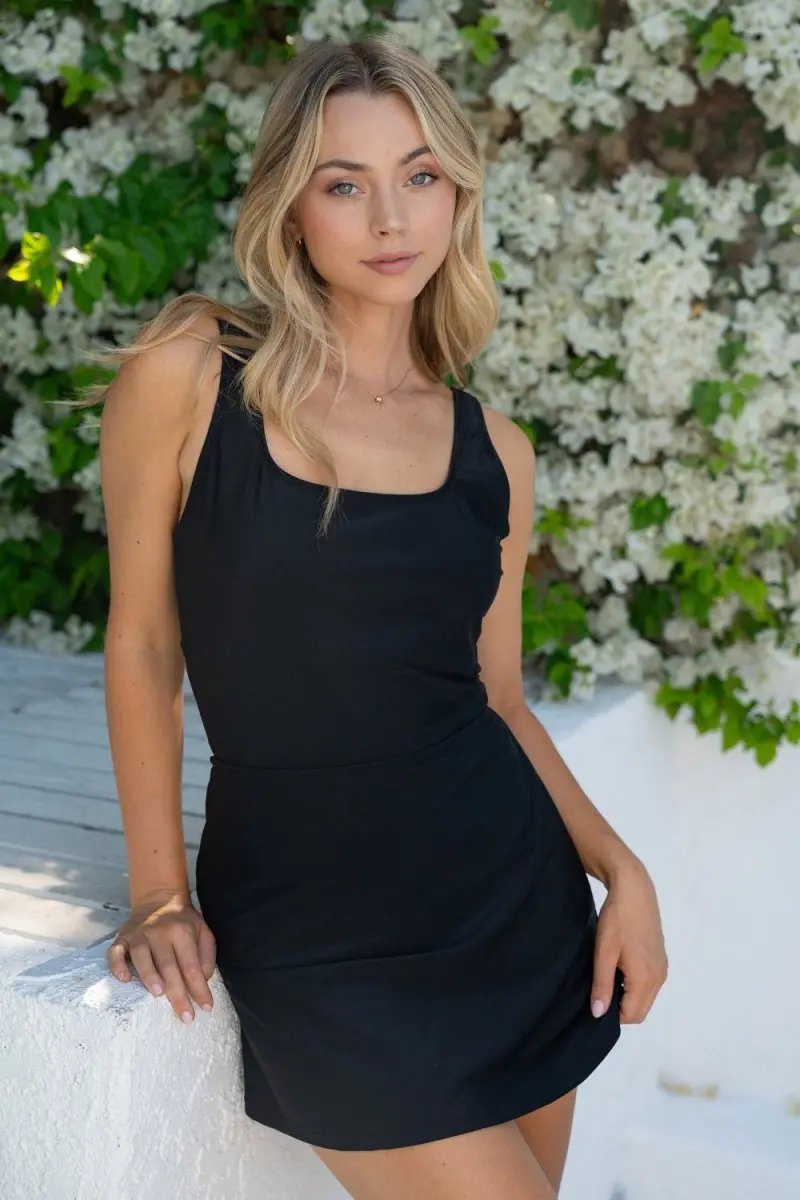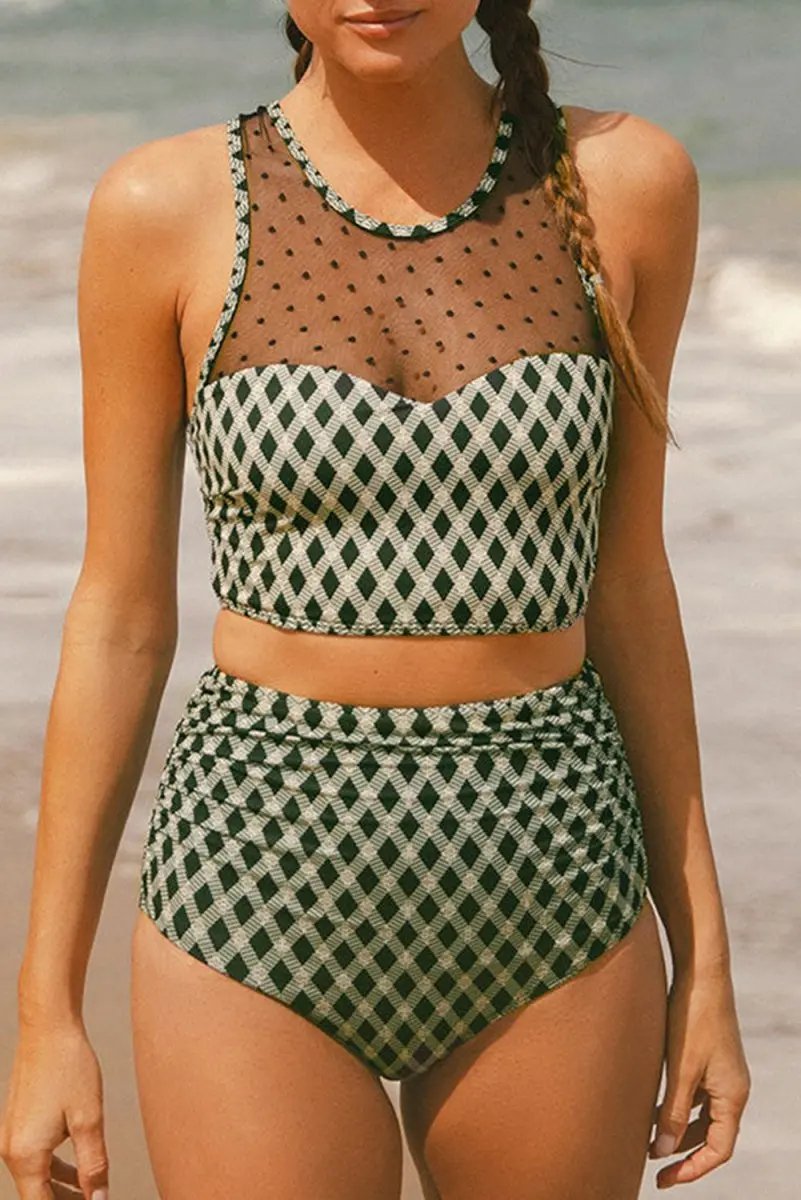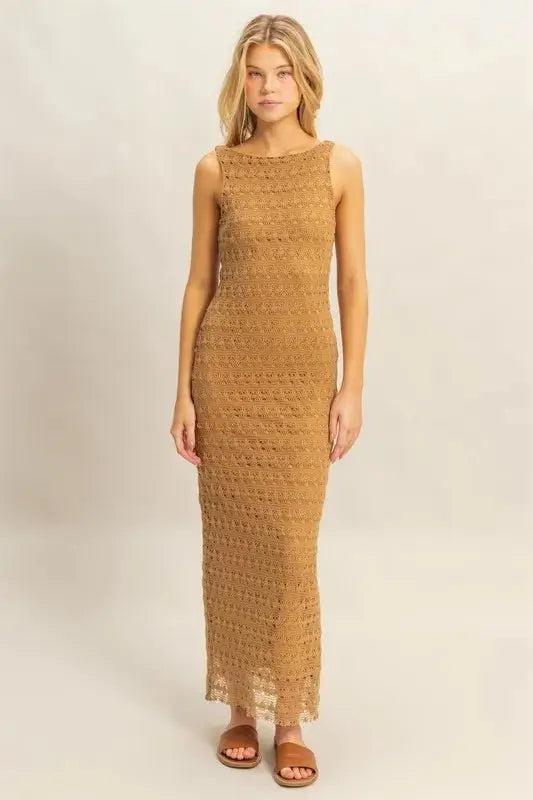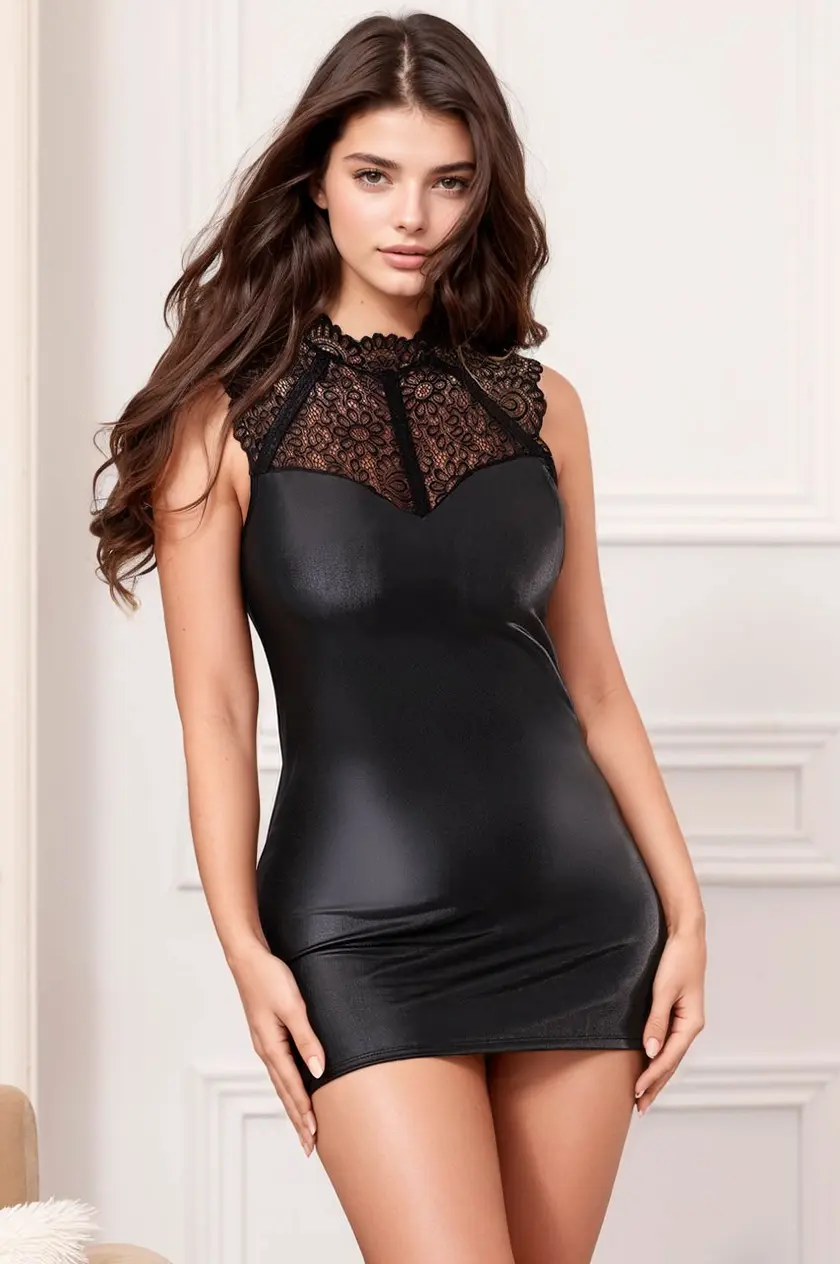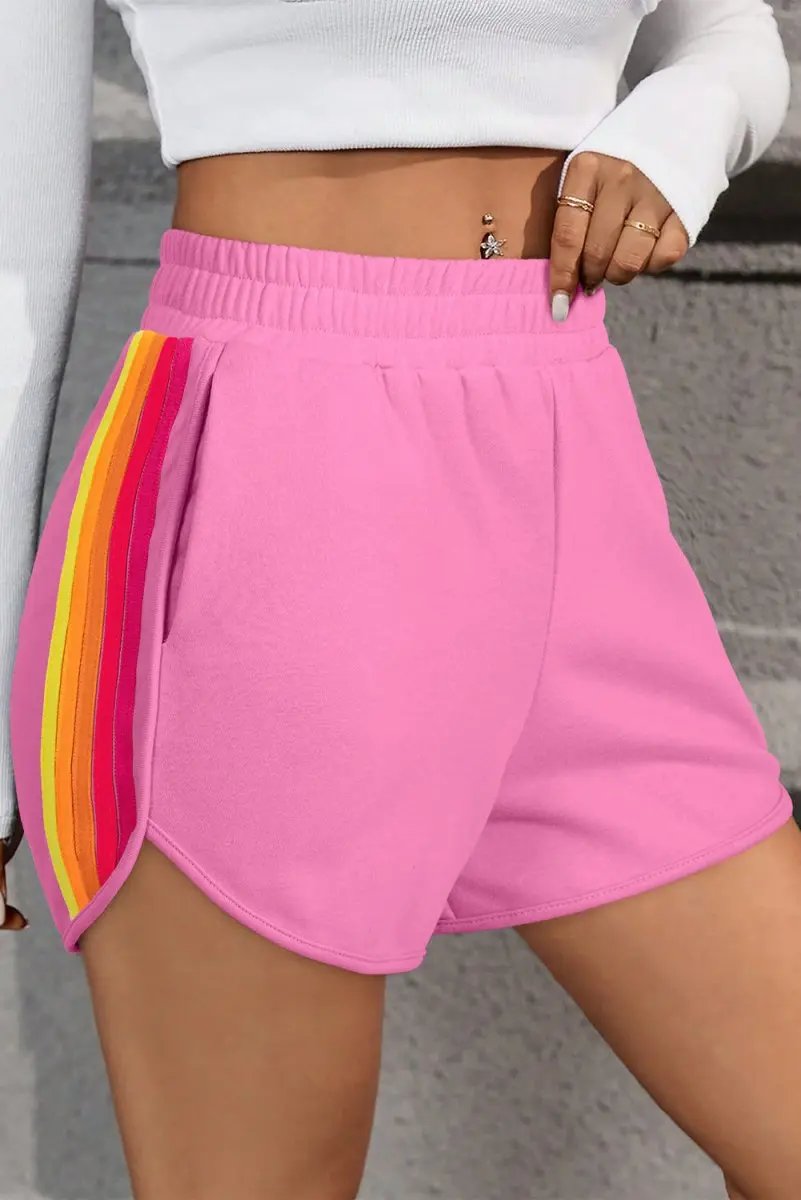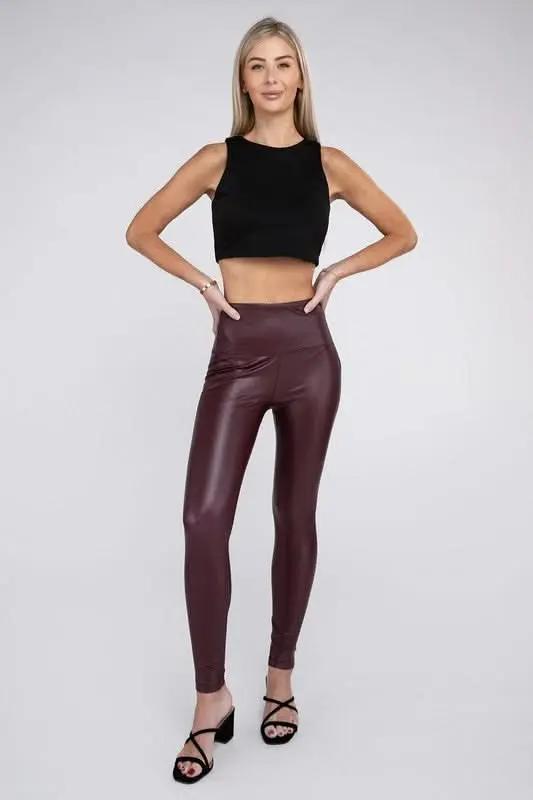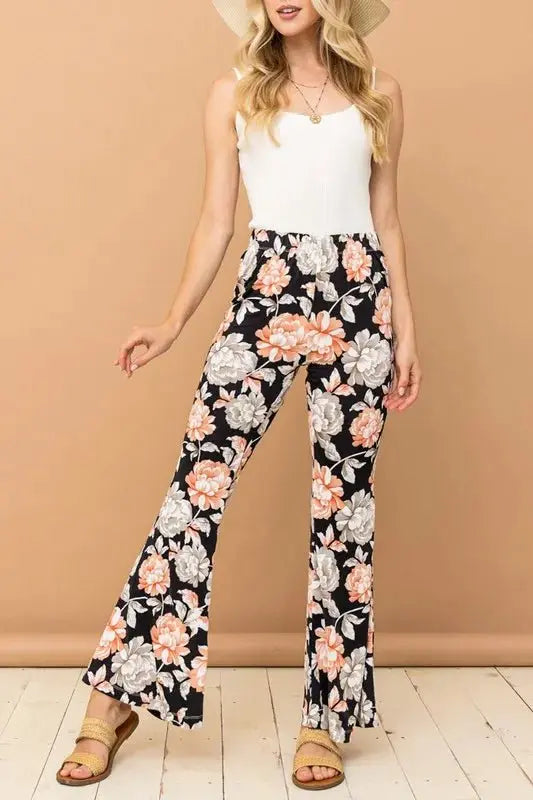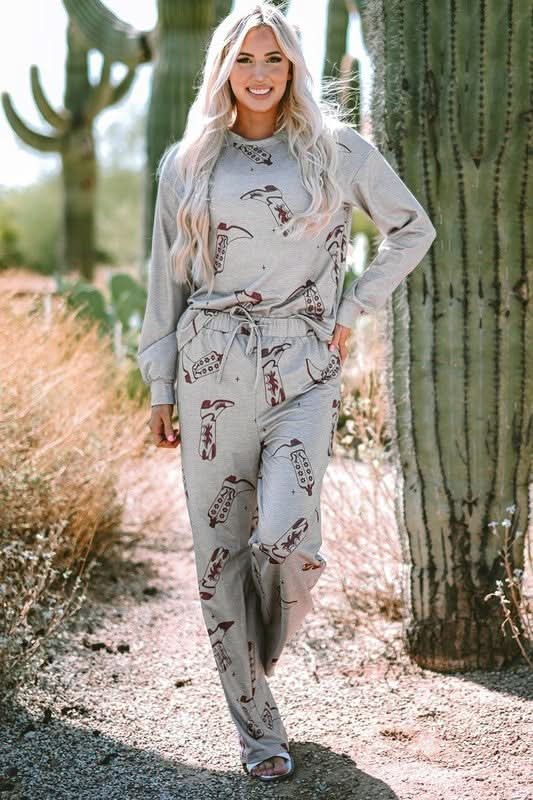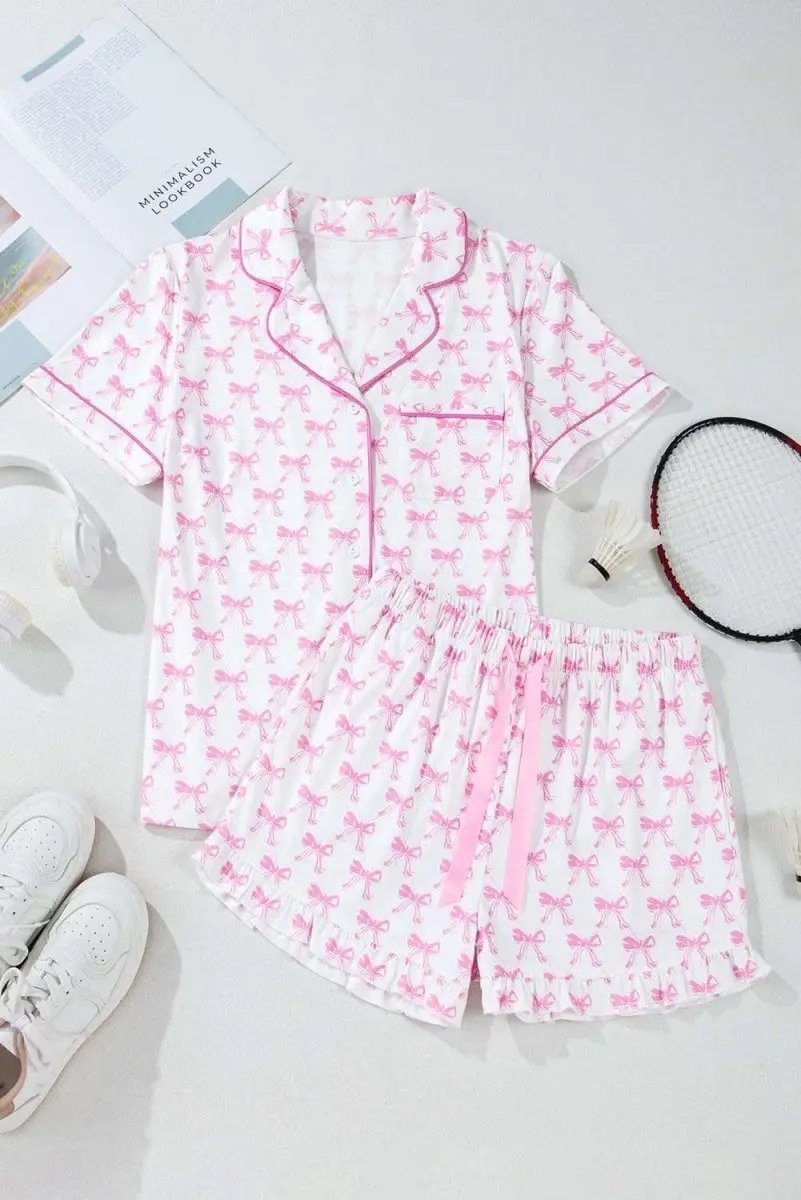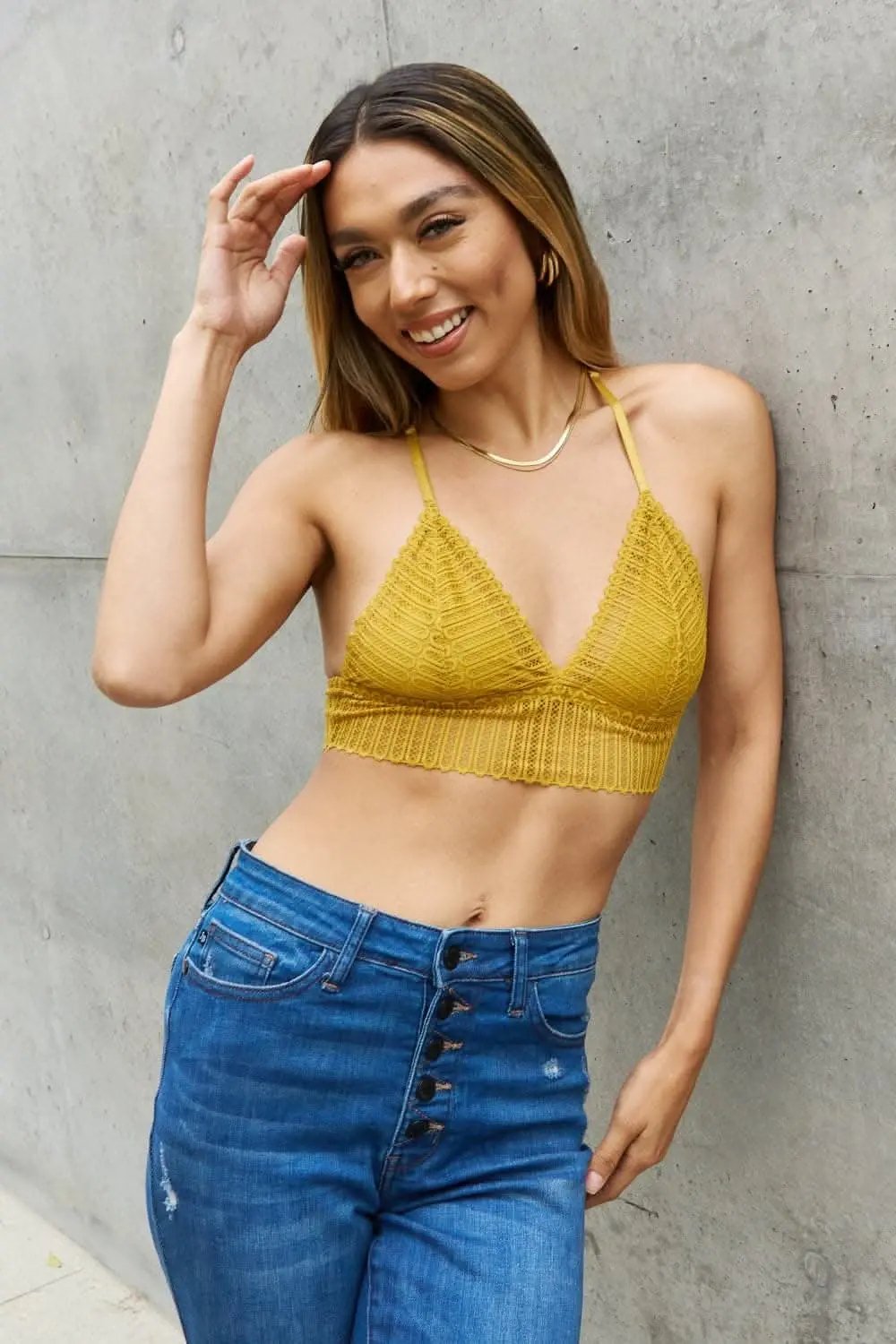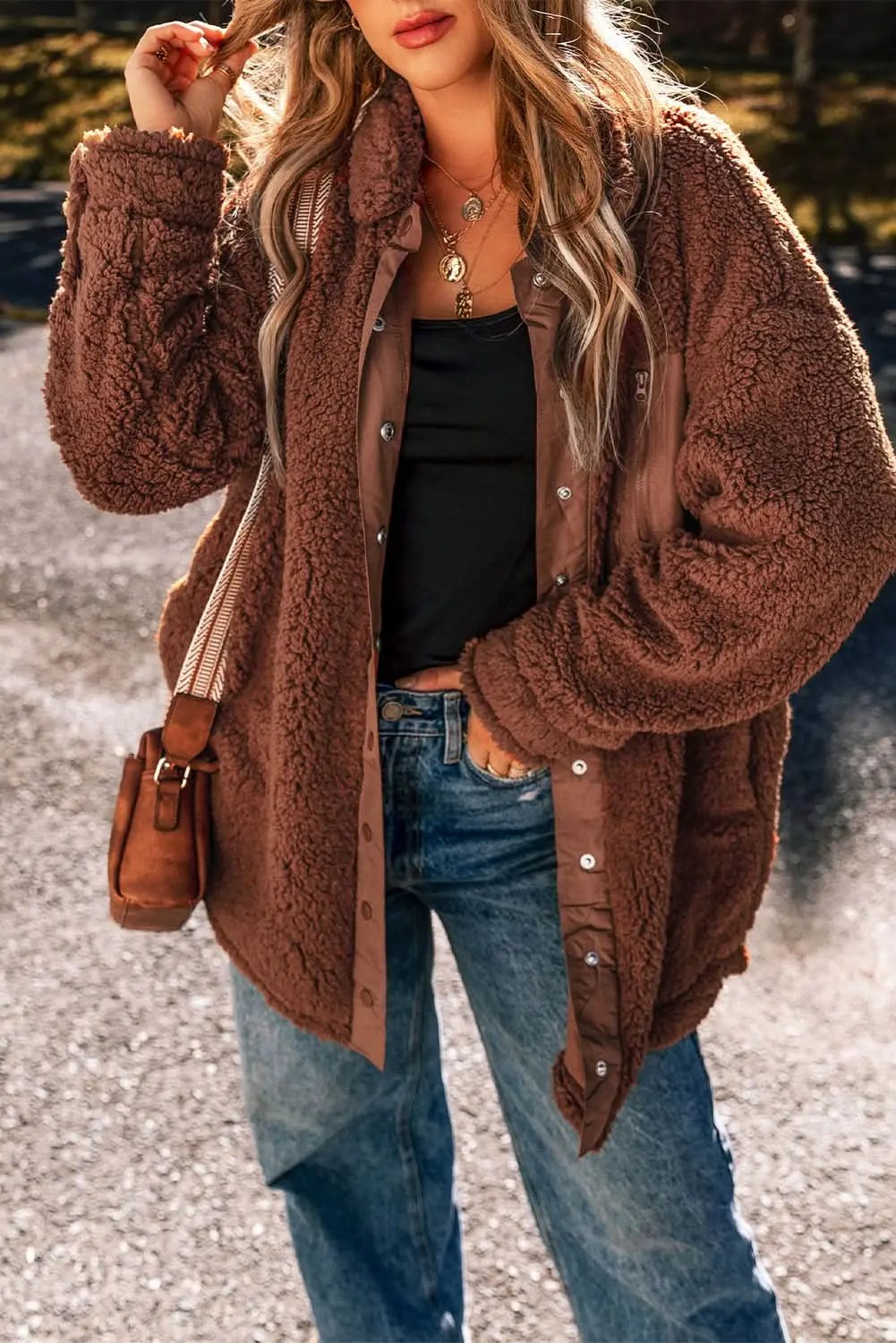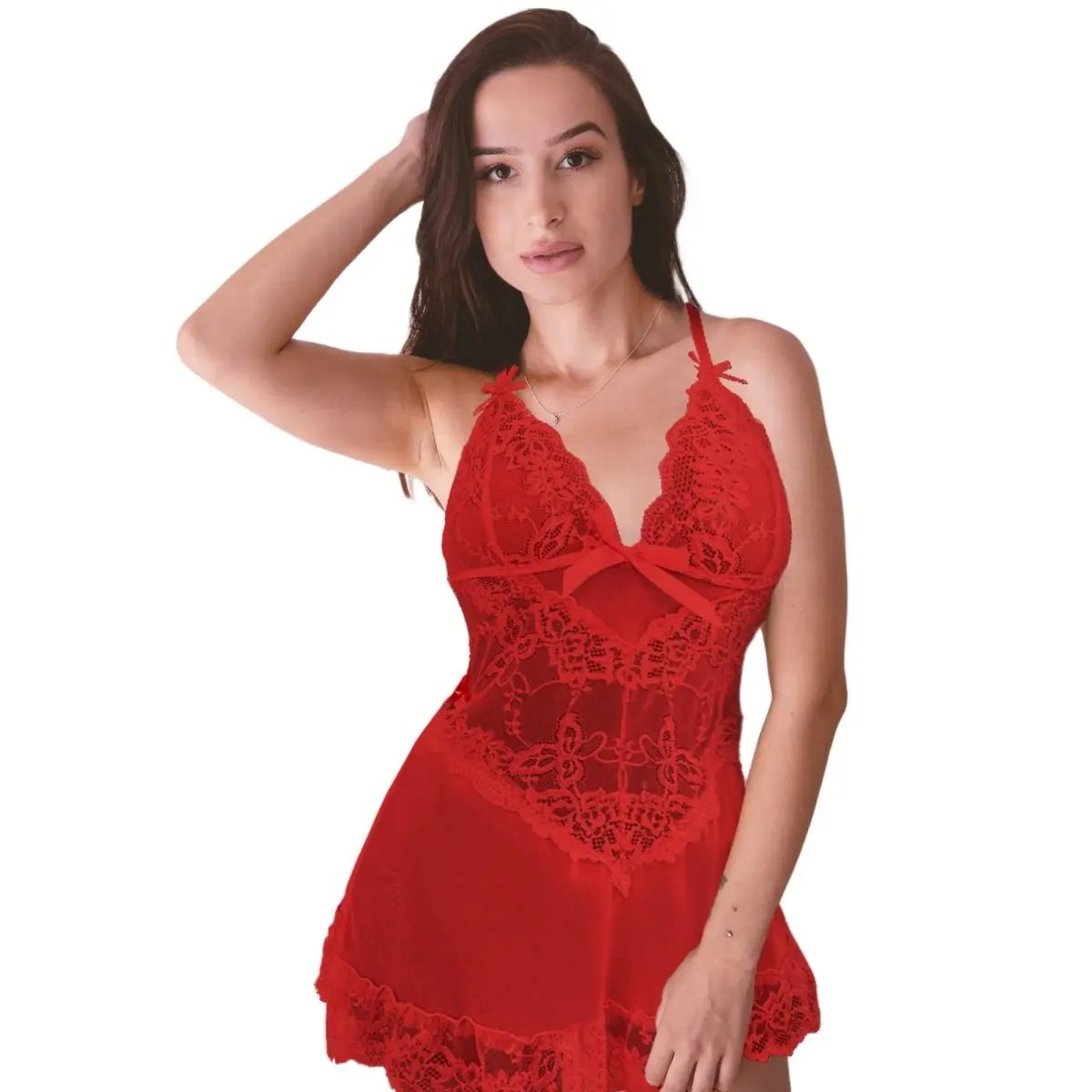Intro: Why a Shape‑Smart, Sustainable Plus‑Size Capsule Wardrobe Works
Creating a capsule wardrobe is about clarity, ease, sustainability, and celebrating the silhouette you have. For plus‑size wardrobes, a shape‑smart capsule centers on pieces that flatter proportions, layer naturally, and mix across occasions. Flying Tomato’s approachable sizing, stretch fabrics, and classic shapes make it simple to build a mix‑and‑match capsule that reduces waste, saves money, and elevates everyday confidence.
What This Guide Covers
- How to define a shape‑smart capsule for plus‑size bodies
- Which Flying Tomato staples to include and why
- Detailed outfit formulas for body shapes and occasions
- Seasonal adjustments, packing, and travel capsules
- Sustainability, care, and cost‑per‑wear strategies
- Shopping, sizing, and alterations advice to get the best fit
Why Focus on Shape‑Smart Styling?
Shape‑smart styling is not about hiding your body; it is about choosing cuts and proportions that create balance and comfort while showcasing the parts you enjoy. A thoughtful capsule removes friction from dressing, increases outfit confidence, and makes every purchase intentional. That intention is also the backbone of sustainable wardrobes — buy less, buy better, make pieces last.
Flying Tomato: A Good Fit for Plus‑Size Capsules
Flying Tomato is popular with many plus‑size shoppers because it offers accessible sizing, stretch in key garments, and classic shapes that layer well. When you choose Flying Tomato staples, look for pieces that combine comfortable stretch with structure so they move with you without losing shape. Focus on neutrals that form the foundation of your capsule and accent pieces in color or print to express personal style.
Core Principles of a Shape‑Smart Capsule
- Proportion control: Use hemlines, waistlines, and layering to balance your silhouette.
- Versatility: Every piece should pair with at least three other items in your capsule.
- Quality over quantity: Prioritize fabrics and construction that withstand repeated wear.
- Comfort and confidence: Fit should feel good when you move; small alterations can make a big difference.
- Sustainability: Extend life through care, repair, and intentional rotation.
Building the Capsule: Ideal Item List
Start with a core list and customize it to lifestyle and climate. For a year‑round capsule, aim for 20–30 pieces including shoes and outerwear. For a seasonal capsule, 12–15 items are a practical target.
- Tops: 3–5 tees and tanks in solid neutrals, 2 long‑sleeve tees, a draped wrap top, a fitted button‑down, 1 lightweight knit sweater
- Bottoms: high‑rise stretch jeans, straight leg or bootcut jeans, a pair of wide‑leg trousers, a tailored ankle pant, a midi A‑line or pencil skirt
- Dresses: classic wrap dress, shirt dress, versatile midi dress, and an easy summer sundress if applicable
- Outerwear: structured blazer, denim jacket, lightweight trench or utility jacket, a warm coat for cold climates
- Layering pieces: cardigan, camisole, fitted shell
- Shoes and accessories: comfortable sneakers, ankle boots, loafers or flats, a low heel, belt to define waist, neutral crossbody bag, scarf
How to Audit Your Current Closet
- Empty and sort: Pull everything out and sort into keep, maybe, donate, and repair piles.
- Try on with intention: Put on items you love and walk around to test comfort, movement, and silhouette.
- Check mixability: Keep only pieces that pair with at least two other keep items.
- Assess condition: Repair items with sentimental or styling value if fixes are simple; otherwise donate or recycle.
Choosing a Cohesive Color Palette
A small, intentional palette boosts mix‑and‑match potential. Start with two to three neutrals and add two accent colors or prints.
- Neutral bases: black, navy, charcoal, warm taupe, olive, or deep brown
- Accent colors: jewel tones, earthy rust, soft blush, or a bold primary — choose shades that flatter your skin tone
- Limit prints: Pick one or two repeatable prints that include your neutrals
Fabric Guide: Look For Durability and Comfort
Choose fabrics that combine durability, drape, and breathability. Stretch helps fit, but structure prevents sagging.
- Good options: blends with natural fibers like cotton or Tencel plus a touch of elastane, medium‑weight knits, and woven fabrics with a soft hand and recovery
- Avoid: super thin, clingy fabrics that reveal undergarment lines or garments with minimal recovery that lose shape quickly
- Fast‑caring materials: prefabricated blends that wash well and resist pilling are ideal for easy maintenance
Detailed Outfit Formulas by Body Shape
Below are repeatable outfit formulas that are easy to apply and mix with Flying Tomato staples. Each formula includes base pieces, layering suggestions, and footwear choices.
Pear‑Shaped Outfit Formulas
- Work: Bright wrap top + structured blazer + dark high‑rise straight leg pant + low heel
- Casual: Patterned tee + denim jacket + high‑rise wide leg jeans + sneakers
- Evening: Fitted V‑neck wrap dress + belt to define waist + ankle boot or heel
Apple‑Shaped Outfit Formulas
- Work: Longline V‑neck blouse + A‑line skirt or tailored straight leg + sleek loafers
- Casual: Tunic sweater + straight jean + ankle boot + long pendant necklace to create vertical line
- Evening: Midi wrap dress with slightly higher waist + cropped jacket + pointed toe heel
Hourglass Outfit Formulas
- Work: Fitted button‑down tucked into high‑rise pencil skirt + structured blazer + belt
- Casual: Fitted tee + high‑rise jeans with slight taper + cardigan or denim jacket + sneakers
- Evening: Body‑skimming midi dress + tailored coat + heeled boot
Rectangle Outfit Formulas
- Work: Peplum top + wide‑leg cropped pant + heel or loafer + statement belt
- Casual: Ruching wrap top + full midi skirt + chunky sneaker or platform sandal
- Evening: Layered look with camisole, lightweight blazer, and high‑waist straight leg pant
Occasion‑Based Styling: From Desk to Dinner
One strength of a capsule is a small number of pieces that adapt across settings. Here are templates you can copy:
- Office to evening: Tailored blazer + fitted top + high‑rise pant for daytime. Swap flats for heels and add a bold earring for night.
- Weekend market: Lightweight dress + denim jacket + comfortable sneakers + crossbody bag.
- Date night: Wrap dress or soft blouse + dark straight leg jeans + block heel + layered necklaces.
- Travel day: Stretch knit top + wide‑leg pant + slip‑on sneakers + crossbody for hands‑free comfort.
Building a Travel Capsule: 7‑Day Example
Packing light becomes easier when pieces are interchangeable. Example 7‑day set based on Flying Tomato staples:
- 2 tops in neutral tones, 1 printed blouse, 1 lightweight sweater
- 2 bottoms: one dark stretch jean, one wide‑leg pant
- 1 wrap dress that doubles as day or night
- Layering: denim jacket and a lightweight scarf
- Shoes: comfortable sneakers and flats or low boots
- Accessories: belt, small crossbody bag, one statement earring
Seasonal Swaps: How to Transition Your Capsule
Swap 20–30 percent of your pieces between seasons rather than rebuilding. Keep core neutrals and change accents and fabric weights.
- Spring to summer: replace heavier knits with breathable tees and a linen blend pant; add sandals.
- Summer to fall: introduce a lightweight knit and a blazer; swap sandals for ankle boots.
- Fall to winter: add a warm coat, thicker sweaters, and insulated boots.
Care, Repair, and Maintenance: Make Pieces Last
Care extends the life of your capsule and is the most sustainable choice. Small maintenance efforts deliver big returns.
- Wash cold and inside out to preserve color and fibers.
- Use gentle cycles and mesh laundry bags for delicates.
- Air dry or use low heat; overheating weakens fibers and elastane recovery.
- Invest in tools: a fabric shaver, a lint roller, and a small sewing kit for minor repairs.
- Learn basic mending: replace buttons, repair hems, and reinforce seams before small issues grow.
Alterations Guide: Small Changes, Big Impact
The right alterations can transform fit and comfort. Common adjustments and expected outcomes:
- Take in side seams for a more tailored silhouette without changing size tags.
- Shorten hemlines to improve proportion and modernize pieces.
- Add darts or a waist stay to improve garment drape on the torso.
- Replace elastic waistbands or add a higher waistband for better tummy coverage and comfort.
Tip: Keep an alterations fund. Many small changes cost less than you expect and dramatically increase the number of times you wear an item.
Shopping & Sizing: Practical Tips for Flying Tomato Pieces
- Measure yourself regularly: bust, high waist, natural waist, hip, and inseam are the most useful numbers.
- Use the brand size chart: compare your measurements rather than relying on size labels.
- Consider fabric stretch: choose a slightly firmer fit for pieces that will be frequently worn and laundered.
- Read product reviews carefully for comments on fit, length, and fabric behavior after washing.
- Order two sizes when uncertain and return the one that fits less well; keep items that need quick tailoring.
Cost‑Per‑Wear: A Simple Calculation and Example
Cost‑per‑wear is a helpful way to evaluate purchases. Formula:
Cost‑per‑wear = purchase price ÷ estimated number of wears.
Example: A Flying Tomato wrap dress at 120, worn 120 times over two years = 1 per wear. A 25 dress worn 10 times = 2.50 per wear. Higher initial investment in a versatile piece can be cheaper in the long run.
Sustainability Beyond the Buy: Resale and Circular Options
Maximize a garment's lifecycle by participating in resale and repair ecosystems.
- Resale: list pieces you no longer wear on resale platforms; clean and repair before listing to increase value.
- Donation: donate wearable items to local nonprofits or clothing swaps to keep them in circulation.
- Brand programs: check whether brands offer takeback or recycling programs for worn garments.
How to Integrate Trends Without Sacrificing a Capsule
Trends can be integrated as small accents that complement your core pieces.
- Add one or two trend items each season that pair with your neutrals, like a seasonal print blouse or belt.
- Keep trend purchases inexpensive and versatile, or borrow from friends if you want to try one‑off looks.
- Rotate trends in and out, but keep core silhouettes classic.
Style Troubleshooting: Common Problems and Fixes
- Problem: Tops that gap at the bust. Fix: Try a wrap top or add darts; choose tops with more structured bust seams.
- Problem: Pants that feel tight at the waist but roomy elsewhere. Fix: Seek styles with contoured or elasticized waistbands, or alter for a better fit.
- Problem: Knits that lose shape. Fix: Choose higher quality blends and wash with care; store folded, not hung.
- Problem: Hemlines that fall in the wrong place. Fix: Alter the hem to hit the most flattering part of the leg for your height.
Frequently Asked Questions — Expanded
How many items are too many for a capsule? There is no strict number; the point is intentionality. If you have many items but wear only a small portion regularly, cull to a more useful number and build with purpose.
Can a capsule include dresses and still be versatile? Absolutely. Dresses can serve as complete outfits and are often the easiest travel pieces. Mix with different layers and shoes for variety.
How often should I re‑evaluate my capsule? Revisit every season. Make small swaps instead of overhauls to maintain continuity and sustainability.
Checklist: First 30 Days to a Functional Capsule
- Day 1: Complete closet audit and sort into piles.
- Days 2–5: Measure yourself and establish your color palette and core pieces.
- Week 2: Purchase up to five missing staples that solve current gaps (think fit and function).
- Week 3: Schedule any small alterations and learn basic mending.
- Week 4: Create 10 outfits from your capsule and photograph each for reference.
Putting It All Together: A Realistic Building Plan
Start small. Add two to three high‑quality pieces each month until your capsule is complete. Track cost‑per‑wear and prioritize pieces that perform across contexts. Use your outfit photos as a mini lookbook to speed morning dressing and remind you of combinations you love.
Final Thoughts: Style, Sustainability, and Self‑Expression
A shape‑smart capsule built around Flying Tomato’s mix‑and‑match staples is a practical path to fewer decisions, better outfits, and a smaller environmental footprint. The process requires intentional choices, care, and a willingness to tweak fit. But the reward is enormous: a wardrobe that feels like it was made for you — because it was.
Action Steps
- Audit your closet this weekend and remove 10 items you no longer wear.
- Identify five Flying Tomato staples that match your body shape goals and color palette.
- Create and photograph 10 outfits using only your capsule pieces to build a wearable lookbook.
Shape‑smart styling is not a one‑time project. It is an ongoing conversation between your body, your lifestyle, and the clothes you choose. Build slowly, care deliberately, and wear joyfully.
